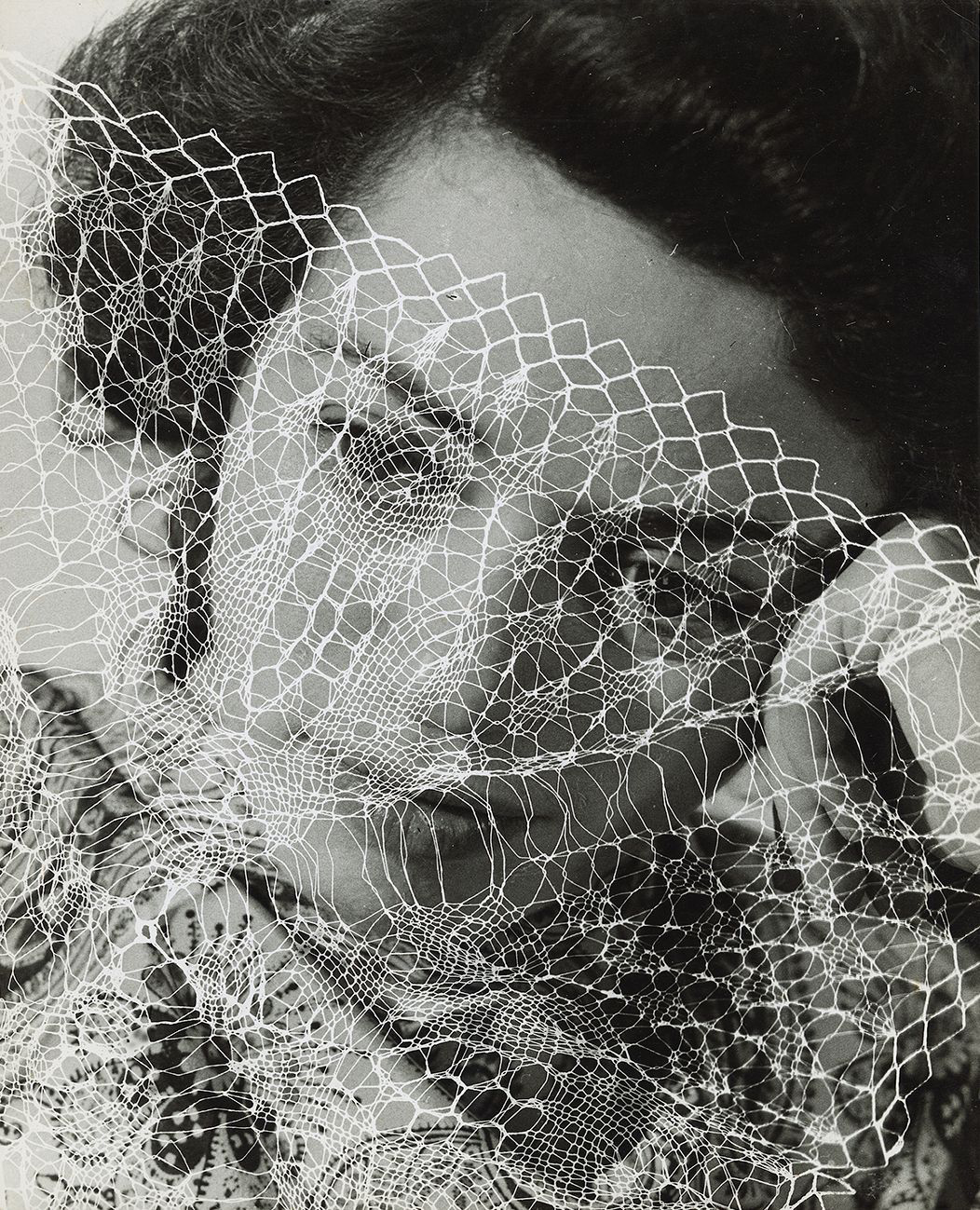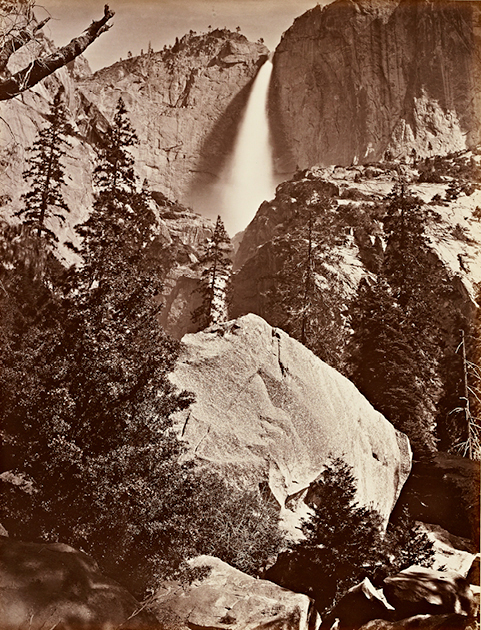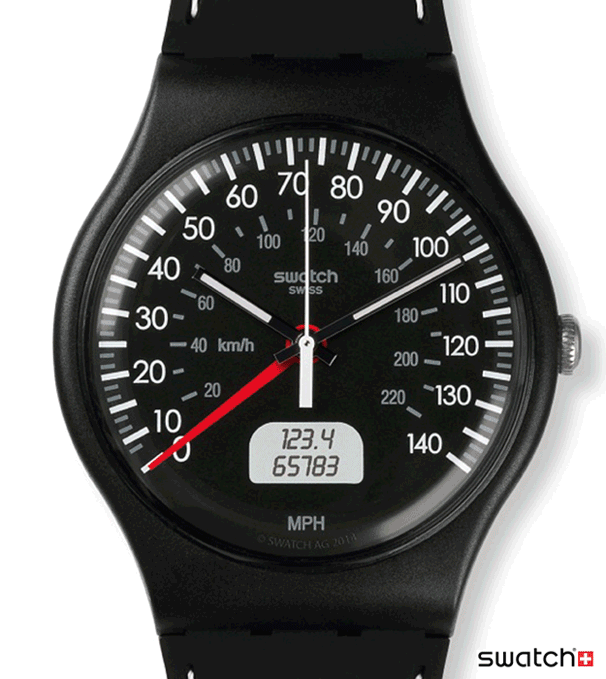DJORDJE OZBOLT
2015-01-26Central to the exhibition is Ozbolt’s new work ’50 ways to leave your lover’ (2014), a major installation – and the largest work created by the artist to date – of 50 paintings presented in a continuous horizon line on the gallery’s second floor, where viewers are invited to follow a path through the artist’s rambunctious imagination. In the middle of the space is a custom-built trolley designed to hold and transport all 50 paintings.
Assembled from found wood and scrap material, this cart functions both as quasi-Modernist sculpture and a portable repository for the artist’s work. The subjects of paintings in ’50 ways to leave your lover’ (which takes its title from Paul Simon’s 1975 hit song of the same name) derive from pop culture and politics, and the history of art and abstraction. Some are painted in bold, bright colours, while others are rendered in mute monochromatic hues. Offering up images from found and fantasy scenes, the paintings reveal a glimpse into the random effusions of Ozbolt’s subconscious, teetering between, and often spilling into, the theatre of the absurd.
This series of 50 works was painted within a three-month period and can be read diaristically as a sketchbook of the artist’s moods and associations at a particular moment in time. Flitting between solid, geometric block painting and scratchy, gestural markmaking, ’50 ways to leave your lover’ playfully illustrates Ozbolt’s droll humour and mastery of paint.
Opposite – Delivery, 2014
Exhibition runs through to February 21st, 2015
Hauser & Wirth
32 East 69th Street
New York
NY 10021





